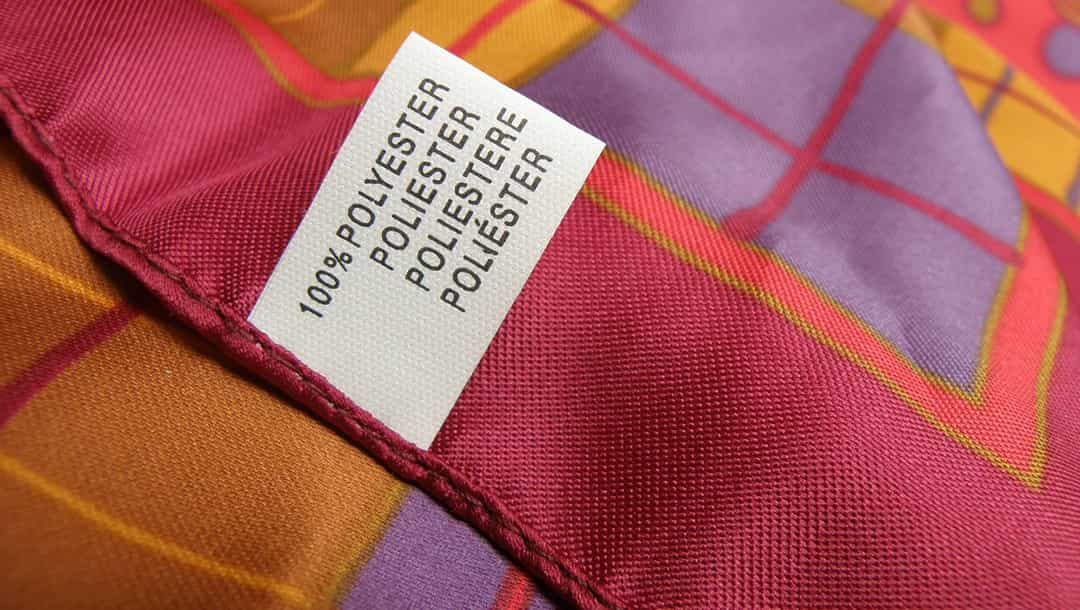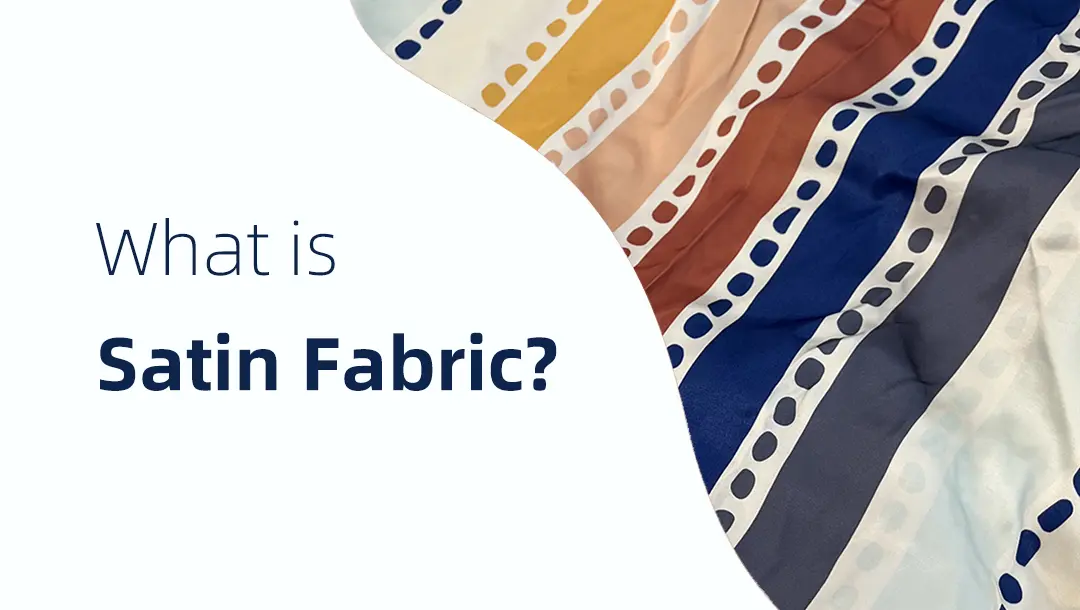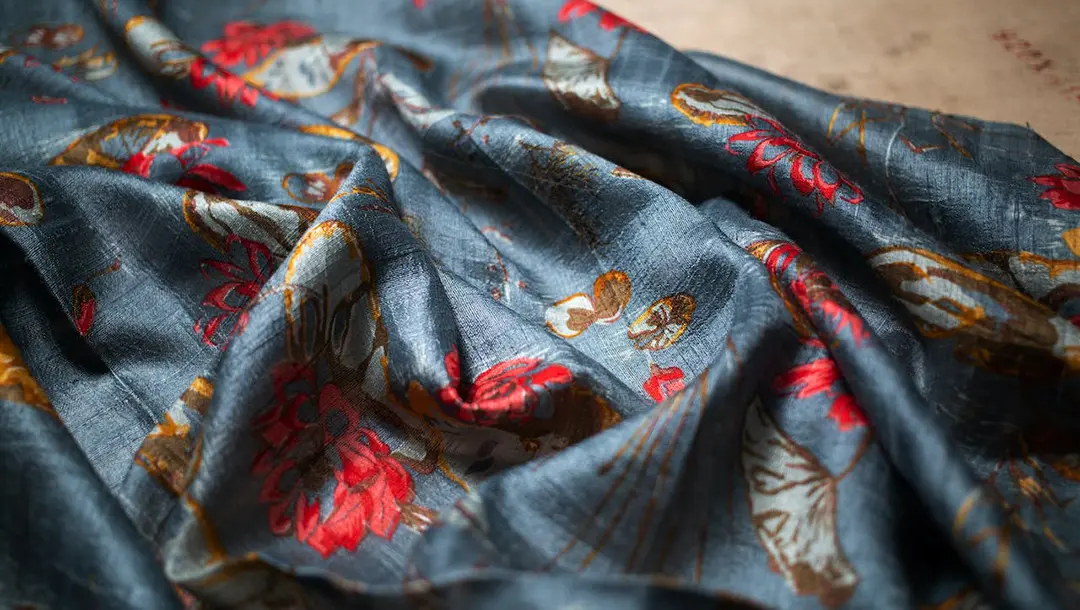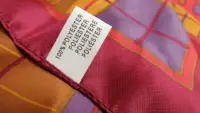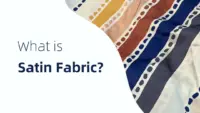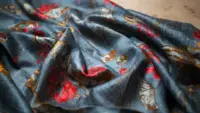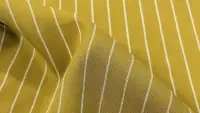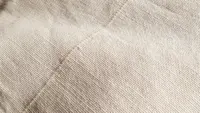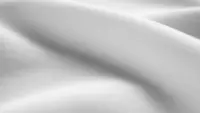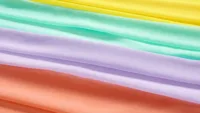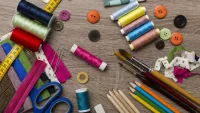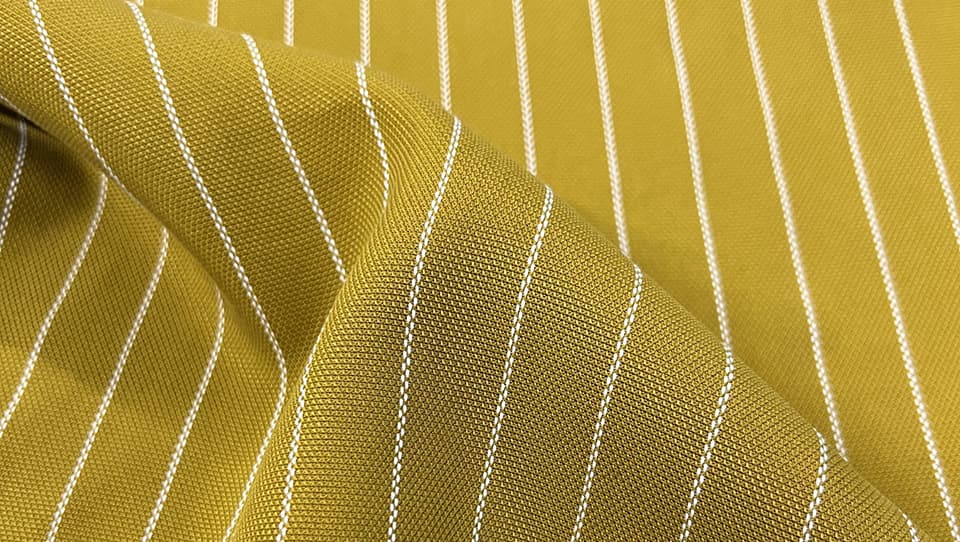
Tencel is a brand name for a few types of sustainable fabric made from wood pulp. A high-end material, it is well regarded for being soft and durable and is a popular alternative to cotton for cooling bed sheets. Care instructions for Tencel should be followed carefully, generally avoiding high heat.
Trademarked by Lenzing, an Austrian chemical and textile manufacturing company, Tencel is the name of a group of semi-synthetic textiles made from sustainably sourced wood pulp that is then chemically processed into thread.
Considered a somewhat high-end fabric, Tencel is known for its soft feel and durability. It is also noted for both its breathability and moisture-wicking properties, which make it an exceptional fabric for temperature regulation.
Tencel is an incredibly versatile fabric with many benefits and advantages.
I bet that you have heard about Tencel being good for the planet. A friend might have even mentioned how nice it is to wear. Let me tell you that there are many more benefits of tencel clothing.
Tencel can be used to make anything from flowy dresses, stretchy sportswear to breathable bed sheets or stiffer smart shirts. This is because the length of the fibre can be altered to change the thickness and texture of the end product. The result, a sustainable fabric that has many different benefits. So what are the key benefits of tencel clothing?
In this article, we are going to explore exactly this, what are the benefits of tencel. But first let’s start with the basics.
What Is Tencel?
In fact, TENCEL™ is a brand of Lyocell fabric, produced by the renowned manufacturer Lenzing AG. This unique material is the result of a carefully controlled chemical processing that transforms the wood pulp into a high-quality fiber, suitable for a range of applications including clothing and bedding. The production process is monitored closely to ensure sustainable sourcing of wood, using significantly less water and pesticides compared to cotton production.
The benefits of Tencel extend beyond its sustainability. Tencel fabric is exceptionally soft, hypoallergenic, and ideal for sensitive skin. It also boasts excellent durability and resistance to pilling. Furthermore, Tencel sheet sets and pajamas are highly regarded for their breathability and moisture-wicking properties, providing a comfortable sleep environment.
In conclusion, Tencel is a versatile and sustainable fabric that offers both environmental and comfort advantages. It is one of the most sustainable fibers on the market today, making it an excellent choice for clothing, bedding, and other home textile products.
Types of Tencel
Tencel is manufactured in one of two main versions: lyocell and modal. It is also sometimes blended with other materials such as cotton and polyester to balance the characteristics of the different materials.
Tencel Lyocell
This is the latest generation of rayon, which replaces toxic manufacturing chemicals with a nontoxic solvent. The manufacturing process recaptures 99% of the solvent to use again, making lyocell a more sustainable material. It is primarily made using sustainably grown eucalyptus wood. It is a common choice for Tencel sheet sets.
Tencel Modal
Modal is an update to ordinary rayon that gives the material better strength when wet, even when woven into lightweight fabrics. It is primarily made from beech wood. Notably, the manufacturing process uses a harsher chemical than lyocell, but the resulting fabric is more likely to be machine-washable and shrink-resistant.
Tencel Blends
Tencel threads are often blended with other materials such as cotton or polyester to help balance the characteristics of the different materials in a single fabric. Because Tencel can be somewhat expensive, blends can be used to achieve a lower overall price-point.
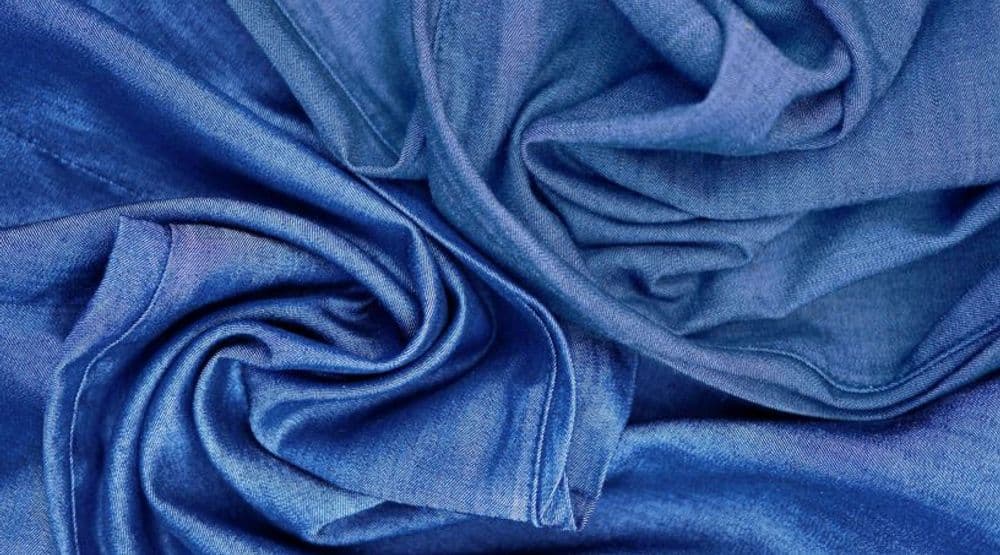
What Are The Benefits And Advantages Of Tencel Fabric?
Tencel Is Sustainable
It would be wrong not to start without acknowledging why tencel is eco friendly. To start with, Tencel is sourced from sustainably managed eucalyptus wood that has been certified by the Forest Stewardship Council (FSC). It is then produced through a closed loop system that recovers 99% of the non-toxic chemicals needed to break down the wood into fibre. This closed loop system is powered by bio-energy. All in all, Tencel is about as sustainable a material as it gets.
Tencel Is Absorbent
A key advantage of tencel is its ability to wick moisture from the skin quickly. In fact, compared to cotton tencel can absorb moisture around 50% more quickly and release it into the atmosphere. This makes it ideal for exercise, hot weather, intimate garments or even bed sheets. How does tencel wick more moisture? It’s actually due to the nanotechnology that is built into the fibre.
Tencel Is Breathable
Tencel is a very breathable material that helps keep you cool in hot weather. This gives the benefit of helping maintain and regulate the temperature of the body, adding additional versatility to the fabric.
Tencel Is Anti-Bacterial
Tencel is reported to be anti-bacterial, meaning your clothes smell fresher for longer. Evidence supports this, showing that tencel and other cellulose fabrics help slow the growth of bacteria. Now I am not going to deep dive into why tencel is anti-bacterial, but the simple breathability of the fabric likely is the most beneficial feature preventing bacterial growth.
Tencel Is Comfortable
One of the key benefits of tencel is it’s high quality feel and supreme comfort on skin. Due to the fine fibres that are produced, tencel can be incredibly soft and comfortable to wear. How soft do I hear you asking? According to TENCEL™’s own website, it is twice as soft as cotton. Don’t believe them? Well, although I can’t prove it’s twice as soft, try to give it a feel next time you find it in the shops or buy a tencel fabric from us and find out for yourselves.
Tencel Has Lasting Softness
So we have established that a key benefit of Tencel is it’s softness. What makes tencel even better is the fact that tencel clothes remain softer for longer. Tencel or Lyocell fabrics are able to withstand repeated wash and dry cycles compared to regular cotton.
Tencel Is Strong When Wet
Unlike rayon, the first generation of regenerated cellulose fibre, tencel fabric is strong even when wet. This gives tencel the benefit of being able to be machine or hand washed without needing to worry about the material stretching or losing its shape.
Tencel Doesn’t Crinkle Or Crease
This is particularly useful if you hate ironing. Tencel is one of the rare fabrics that doesn’t crinkle or crease easily, and any creases that do form in the fabric due to being scrunched up for a long time easily fall out. This alone is one of the best benefits of tencel!
Tencel Is Versatile
One key property of tencel is its versatility. Tencel is suitable for everything from soft flowy dresses or T-shirts through to breathable bed sheets, stretchy activewear, or stiffer smart shirts. This is because the eco fabric has controllable fibrillation, meaning that the fibre itself can be engineered to form thicker or thinner threads when it is being made. Perfect for everything from silky smooth suede to a more rigid linen texture.
Tencel Is Biodegradable
Tencel is a 100% natural material made from wood pulp, meaning that it can fully biodegrade through home compositing. Tests show that half the material is broken down after just 3 months, which is around double the speed of cotton.
Tencel Holds Colour Well And Is Easy To Dye
Tencel was created with colour in mind, an important feature not to be overlooked. No one wants their bright coloured tops to fade over time, it is a key reason clothing is thrown out. What’s more, one of the advantages of tencel is that it’s easy to dye without the need for bleach. This is because raw undyed tencel is white whereas cotton and other natural fibres are often off white or beige. This removes the need to add more chemicals to bleach the fabric before dying, adding to it’s eco-friendly positives.
Tencel Is Great For Sensitive Skin
Tencel has the added benefit of being great for allergy prone or sensitive skin. It’s soft smooth fibre feels kind as it gently drapes on your skin and wicks any moisture quickly away. It helps keep the skin dry and avoids irritations.
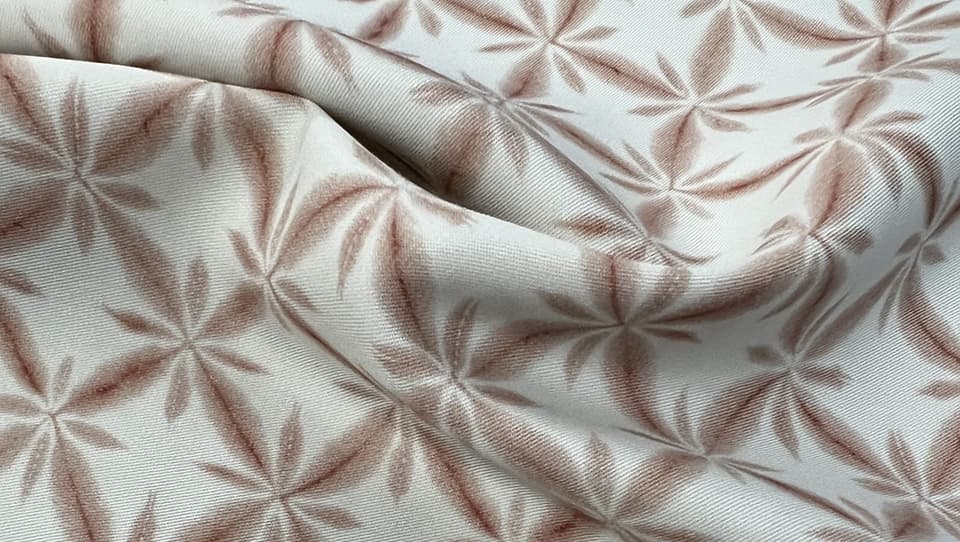
What Are The Disadvantages Of Tencel
Whilst we have talked at length about the advantages of tencel, there are disadvantages of tencel clothing that we should also mention. So what are the disadvantages of tencel?
Tencel Can Shrink
Tencel can shrink during its first wash but will retain its shape after that. Typically tencel shrinks around 3-5%, which is similar to cotton. To avoid shrinkage, wash on a lower heat and do not tumble dry. Always follow the care instructions on the label if in doubt.
Tencel Blends
Something to watch out for are tencel blends where less environmentally friendly materials are added. For example, tencel blended with synthetics such as nylon, polyester or acrylic are less environmentally beneficial than tencel blended with organic cotton.
Environmental Benefits
Tencel is made from sustainably sourced renewable wood products, which typically require less pesticide use and water compared with growing cotton. Due to the nontoxic chemical processing and recycling used for making Tencel lyocell, it is often seen as a particularly sustainable material.
Eco-conscious consumers may want to consider if the product has been treated with harsh dyes. Options made with botanical dyes are available for some Tencel products.
How to Care For Tencel Fabric
Tencel is generally a long-lasting fabric that naturally avoids wrinkling and can be cared for using ordinary cleaning methods. However, a small proportion of Tencel products are dry-clean only.
For best results, follow the instructions on the care label for any Tencel product. Many Tencel products can be machine-washed in cold or warm water on a gentle or delicate cycle. Higher temperatures can damage the material, so it is generally not recommended to dry them on high heat.

